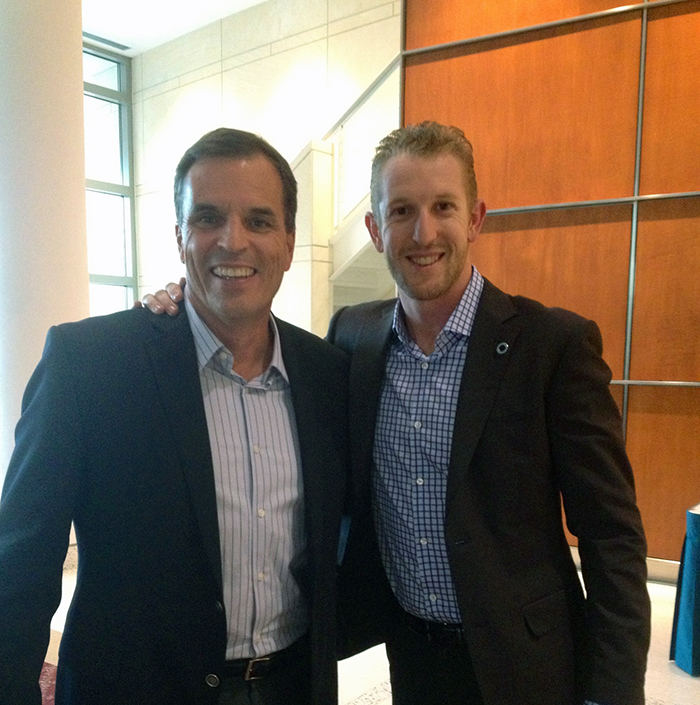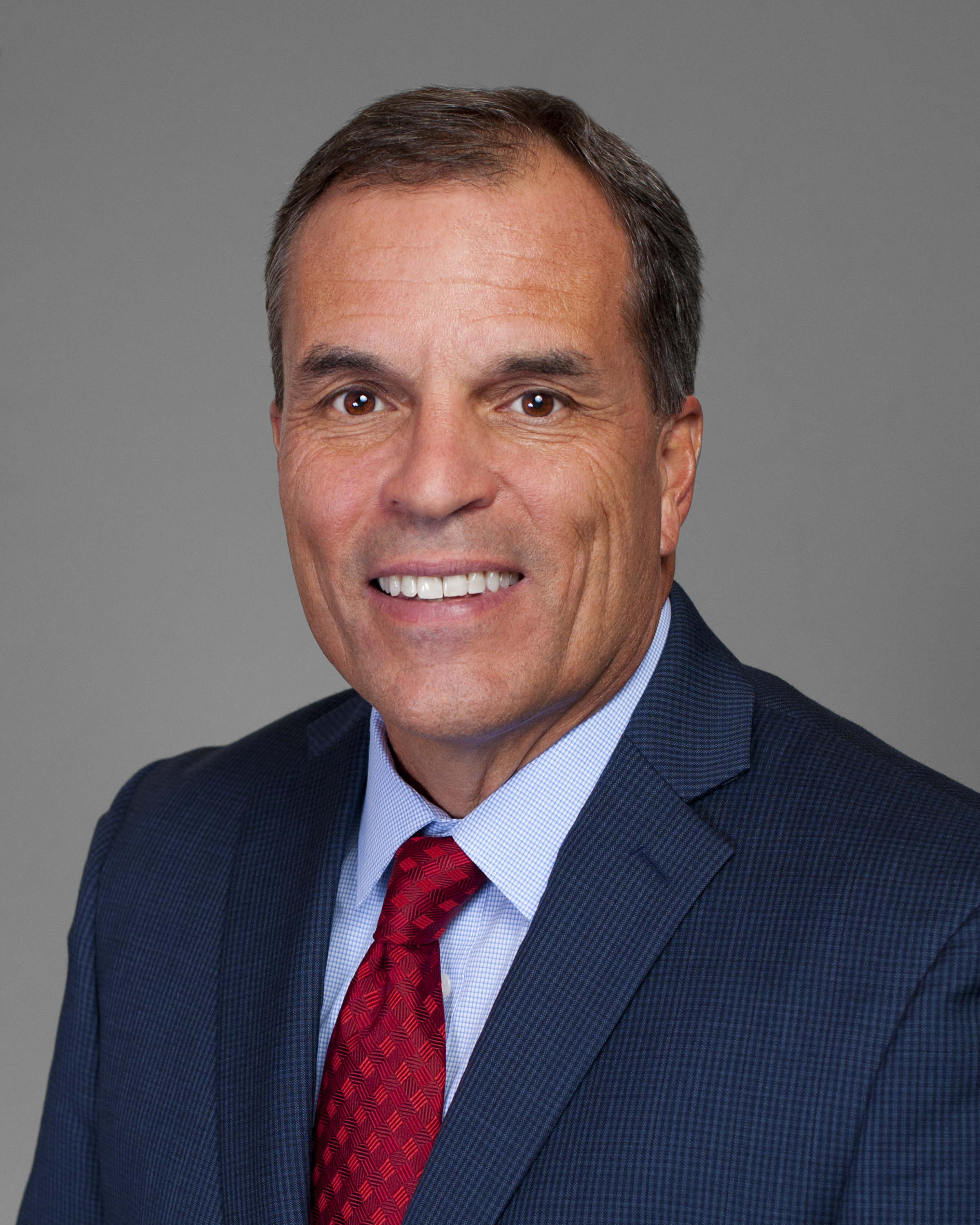In mid-November, 2013, my travels took me to College Station, Texas and my medical school alma mater, Texas A&M University. I was there to give a lecture at the annual Huffines Discussion 2013, sponsored by the Huffines Institute for Sports Medicine & Human Performance at Texas A&M. This meeting was organized by my friend and colleague Dr. Tim Lighfoot, who is a Professor and director of the Huffines Institute. The goal of this meeting was to connect sports scientists, practitioners and the public with important and emerging ideas on sports, health and wellness. Tim brought together a great group of speakers to a live audience at the Annenberg Presidential Conference Center at Texas A&M, along with 23 satellite sites around the country for a video simulcast of the meeting. The Annenberg Center is a beautiful facility, located right next to the George Bush Presidential Library and by any measure, the 2013 meeting was a big success.
Speakers for the meeting included a variety of leaders from the worlds of health, exercise, sports medicine and athletics to give 18 minute talks, with a question and answer session following each presentation. My talk focused on the importance of exercise to health and how physicians need to assess and prescribe exercise to all their patients. It is clear to me that physical inactivity is the biggest public health problem of our time and the easy way to solve it is for all patients to think of exercise as a medication that they need to take to prevent and treat virtually every chronic disease. I think the easiest way to take that medicine is by walking briskly for 30 minutes every day and that is what I told this audience at Texas A&M.
I thought one of the most interesting presenters at the Huffines Discussion 2013 was Indy Car driver Charlie Kimball, who is the first such racer to compete with diabetes. In addition to being a great guy, Charlie is a very intelligent and articulate speaker who described his struggle with diabetes and how he overcame it to become a highly successful IndyCar driver and finish the 2013 Championship season in 9th place. At the heart of his success is daily exercise to maintain his personal fitness and help control his blood sugar. Charlie explained to me how being fit is absolutely essential to success as a professional race care driver. I am not surprised, since I have found that being fit correlates with success in most every other occupation and more importantly our own personal health and longevity.
It was great for me to be back in College Station, Texas and on the beautiful campus of Texas A&M University. During my visit, I had a chance to do a lot of walking and take a look at the many beautiful new facilities that have been built since I was a medical student there back in the mid 80‘s. It is great to see a leading university like Texas A&M work to promote the power of walking as a solution to health in the U.S. and beyond.
I hope you are making a similar commitment to walking in your own life and gaining the vast benefits to health you deserve.
Keep on walking my friends!
Bob












